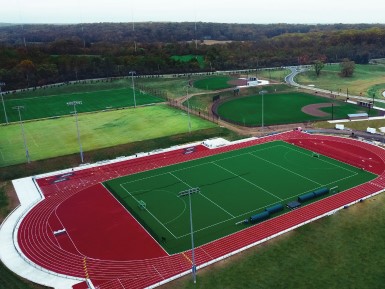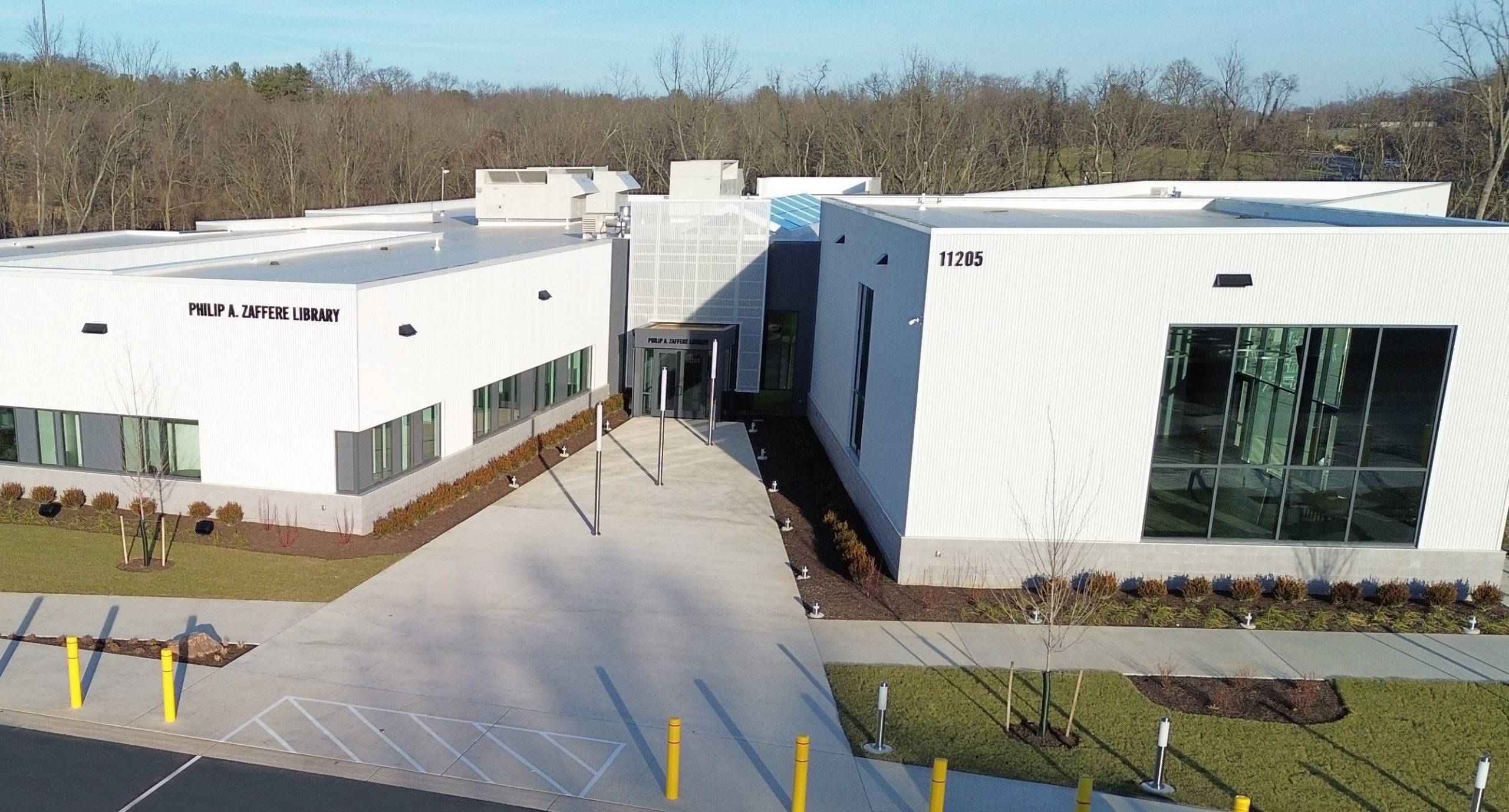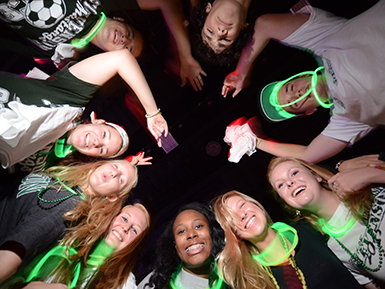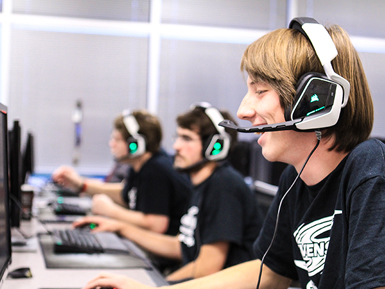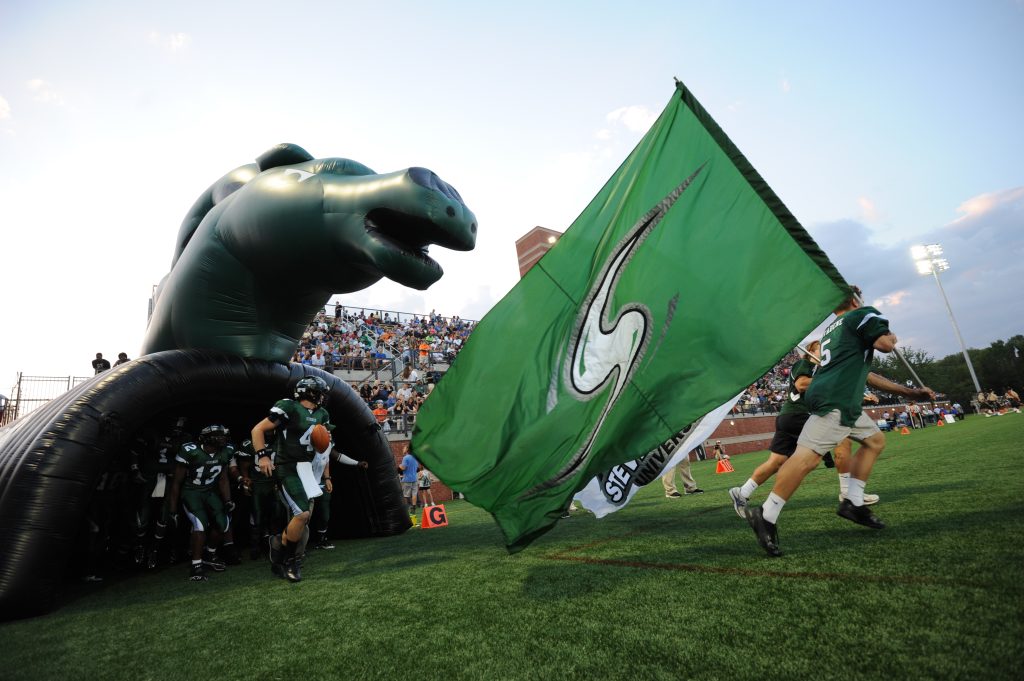
Three officers sitting in front of a tent on the Mexican border in 1916. On left is Lt Gresham H. Poe of Baltimore. Scanned at 800 dpi from an old newspaper.
You may want to take a look before you turn down that offer of a donated newspaper collection. Those old stale boxes–whose contents are engaged in suicide by wood pulp– may also contain the seeds of a digital humanities collection. In recent years, donors wishing to find a new home for their collections of old newspapers–stored for decades in basements and attics– have met with something less than excitement by most archivists with whom I am familiar. This is particularly true of newspapers whose print was manufactured from wood pulp. After all, who among us is willing to commit valuable resources to stabilizing old newspapers–particularly those that are available online as digitized microfilm? Those were certainly my thoughts until I took the time to look at a collection that was being offered.
Above is a photogravure image from the Baltimore Sun of January 1916. A process that allowed high quality images to be reproduced in newspapers, the photogravure supplement to the Sunday Baltimore Sun increased the Sun’s popularity during WWI. Brought to its highest level of quality by the Sun’s artistic director and Sunday editor, G Warfield Hobbs, to the best of this author’s knowledge, the Baltimore Sun’s photogravure supplements were never microfilmed for posterity.
Below is an image representing the existing quality that can be attained from the digitized microfilm of the Baltimore Sun. In this instance the subject of the photo is SGT Gresham H Poe, the same man as seen in the photo above. The quality of the photogravure image above speaks for itself.
SGT Gresham H Poe from digitized microfilm.
The Stevenson Public History Program will first scan the newspapers two full pages at a time at as high a resolution possible. Subsequently, individual items on the pages will be scanned at 600-1200 dpi. Once scanned, the newspaper materials will be preserved in the University Archives.
Focused primarily on military history, we will be partnering with the Maryland Military Historical Society and the Maryland Military Department’s Center for Military History to incorporate these images into educational resources. However, all parts of these papers will be used for educational purposes across several institutions. For example, images like that immediately below can be of value to our Fashion Design and Fashion Merchandising program at the University.
The lesson I’ve learned is to look before I say: “No.” While the massive newspaper microfilming projects of the last 70 years have been a boon to historians, and their digitized twins make online access a possibility, the projects all had limited resources. Someone had to pick which newspaper title in what town to microfilm, which edition of that newspaper to preserve in the microfilms, and which materials would be left out. This means that there are tremendous holes within the holdings of many of our microfilmed newspaper collections. Consequently, when offered a collection of old newspapers do not immediately spurn that offer. That collection may offer historians material unavailable from other sources.
